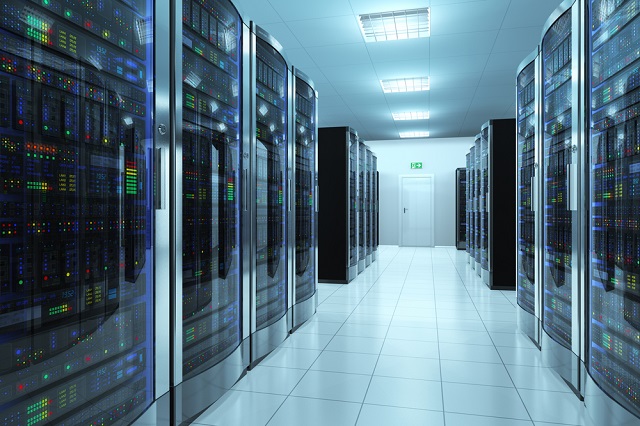Today many enterprise-class businesses are using big data to solve for very specific challenges and issues. They want to know – with all the data out there both stored on company databases and on the internet – what exactly can they can use to ascertain the best strategies to grow their companies. Quinn Street which publishes technical media and journals, surveyed 540 enterprise decision-makers involved in big data purchases to learn what areas companies plan to use Big Data analytics to improve operations. The survey suggested that “…half of all respondents said they were applying big data analytics to improve customer retention, help with product development and gain a competitive advantage.”
Now that big data has gained a serious foothold in many important industry sectors, solution providers are in heated competition to provide the fastest, most robust solutions possible and that is terminology non-IT people need to learn so they, along with their CIO, can choose the right vendor. One term bandied about is In-Memory Computing which is a database management system to provide fast data processing speeds for online transactional processing and online analytical processing.
heated competition to provide the fastest, most robust solutions possible and that is terminology non-IT people need to learn so they, along with their CIO, can choose the right vendor. One term bandied about is In-Memory Computing which is a database management system to provide fast data processing speeds for online transactional processing and online analytical processing.
There are many big data companies touting their in-memory database prowess but in reality are not actually in-memory solutions. These companies may have attributes that could be just add-ons.
Some vendors suggest their vigorous cache options are in fact “in-memory” but that is not always the case. Cache in the simplest terms means memory and experts argue that fast cache only increases the speed of reads and not the writes. Altibase is one of a small number of technology companies that offer an in-memory database that has an architecture that handles both reads and writes at the speed of RAM.
Chung argues that for online transactional processing (OLTP) databases, data manipulation (DML) is critical. According to experts, caching is an effective mechanism to store memory quickly but it is commonly misconstrued as being an in-memory database or hybrid database.
Those not familiar with big data architecture should be wary of any company that calls themselves “in-memory” but might not be in memory at all. To find out which companies offer cache options versus true in-memory computing, asking for references from solution providers as well as studying third party sources such as analyst reports, white papers and articles in reputable technical journals are considered good options.



